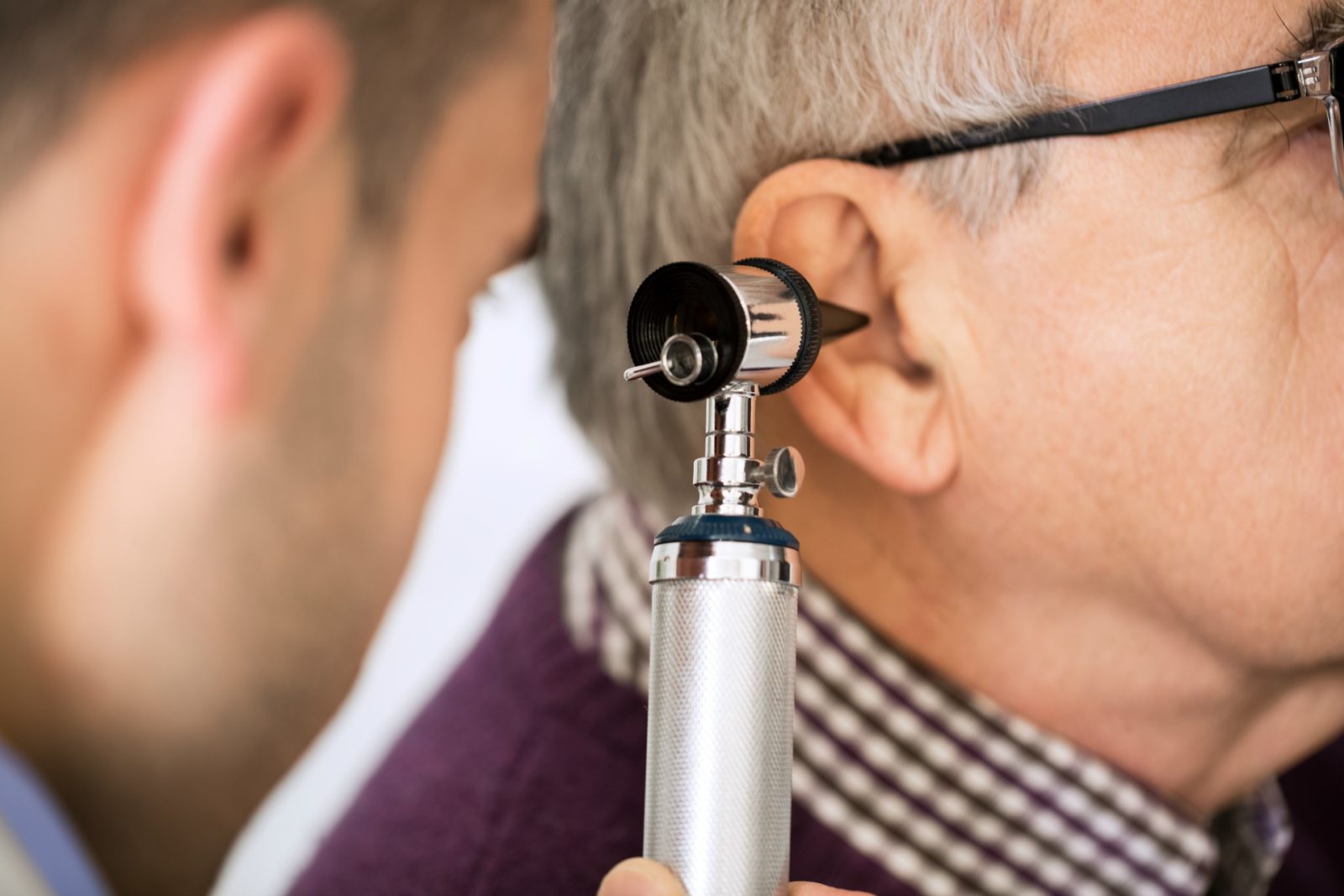How safe is it to clean your ears with cotton buds? Expert answers hygiene questions

We’ve all been in a situation where we’ve satisfied an itch in the ear by scratching it with a cotton bud or used a swab to scoop out excess earwax, but how safe is it to clean your ears with cotton buds and other apparatuses?
Some people swear by Q-tips for that squeaky-clean feeling, but experts advise that doing so can actually push wax further down and that there are safer ways to clean your ears. With so much conflicting information available, Starts at 60 spoke with Lize Coetzee, audiologist and Ear Science Institute Australia’s head of clinical services, to find the right answers.
While talking about earwax is enough to make some people squirm, it turns out it’s completely normal, something everybody’s ears produce and not a sign of lack of hygiene. It’s typically light brown in colour and soft, but may become darker and harder the longer it remains in the ears.
“What it does is it protects our ears from dust, from foreign particles, from microorganisms and could also protect the ear from irritation due to water,” Coetzee said. “Wax shouldn’t be removed at all because our ears have a natural mechanism of the wax migrating out of the ear.”
Read more: ‘I felt alone in my hearing loss, but now I see my deafness as my greatest strength’
Everybody produces different amounts of earwax and while some people will naturally develop more than others, it’s also not uncommon for people to rarely notice wax in their ears. Either way, the body has a natural ability to get rid of wax, but there are reasons why it can build up in the ears.
For example, some people’s ear canals are dry, which makes it harder for wax to naturally escape. The wax can build up over time, block the ears and can lead to temporary hearing loss. Still, sticking objects in the ear isn’t the answer to removing the wax.
“Don’t put anything in your ears smaller than your elbow,” Coetzee warned, pointing out that fingers, cotton buds or other foreign materials in their ear can cause more harm than good.

“You’re probably pushing in more so it affects that natural migration out.”
Read more: ‘A viral infection robbed me of my hearing’
People who wear hearing aids or hearing protection can also experience a build up because the aid blocks the ear passage and the wax has no way of escaping.
“That’s usually why we have that excess build up, because something’s being put in the ear that’s stopping that natural migration out,” Coetzee said.
In these cases, a doctor or audiologist will be required to remove any excess wax. If they opt for manual extraction, they’ll use a curette or similar device in the ear to simply pick out the wax.
The ears can also be syringed, where water is used to push the wax out. Suction devices can also be used to suck the wax out of the ear.
While these techniques remove the build-up of wax, they’re not encouraged regularly because they can be harsh on the ears.

“The syringing really strips the ear and because we know the wax has that protective mechanism, it can actually lead to outer ear infections,” Coetzee explained.
Read more: Having a partner with selective hearing could increase the risk of death
Clinical removal should used if there is a blockage, but there are other preventative measures people can put into place. Drops are available over-the-counter from most pharmacies that will dissolve and soften the wax and help prevent a build up of wax in the first place.
Coetzee also warns against using ear candles to remove wax, noting they are ineffective and could also cause further harm.
“They just melt the wax inside the candle so it gives you satisfaction that something has come out. Ear candles are very dangerous,” she said.
It’s always important to talk about ear health with a doctor or audiologist. They will be able to offer specific advice for your situation and ensure there’s nothing else impacting your hearing or ear health.
Read more: Man develops brain infection after cotton bud becomes lodged in ear








 Proudly Australian owned and operated
Proudly Australian owned and operated